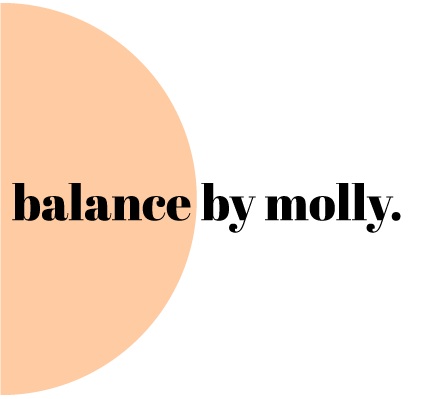Why "Guilt-Free" Foods are Actually Full of Shame
Yesterday I was in line at the grocery store. The line cued right next to the freezer section of ice creams, enticing customers for that “guilty pleasure” to drop into their cart last minute. Two police officers were discussing Halo Top ice cream and what their favorite flavors were. The male cop citing Birthday Cake while the female cop laughed about how she could literally eat half a pint without feeling guilty about it. The guy behind them in line, and in front of me, chimed in and added “but have you tried Bi-Rite Creamery’s ice cream?”
Without knowing it, the man in front of me diverted a conversation about “guilt-free” ice cream to a better suggestion of just eating REAL ice cream - with only full fat milk, cream, sugar and egg yolks. Because it tastes better. And maybe, just maybe, ice cream can be eaten without feeling like it has to be only 280 calories per pint because it is guilt free.
If you were to compare Bi-Rite’s Ice Cream Ingredients, or even Ben and Jerry’s Vanilla to Halo Top’s Ingredients, this paints a different picture of what you are actually eating with added ingredients such as gums and sugar alcohols to lower the calorie count.
Ice cream is supposed to be a treat. Enjoyed on occasion without guilt. Eat the real thing, instead of replacing with a low-calorie version that has been marketing to you “without the guilt.”
Because here is the fact of the matter, when companies market desserts or foods as “guilt-free” this can cause shame when you just want to enjoy the real thing. Shame around food takes the enjoyment out of eating. It places a morality on food - labeling ice cream as either “good” or “bad.” Food should never be moral. Eating food and enjoying dessert when you want it isn’t a moral choice. It’s a personal choice, and one that you should never feel bad about making!
I have seen articles written by the medical community on how to practice guilt free eating and cheat sheets listing foods to eat instead of the dessert you are actually craving. For example, craving ice cream? Blend frozen bananas and eat this instead! Honestly, if you want ice cream, my advice is to actually just have the ice cream. The more banana “nice cream” you eat, the more you may actually wish it was ice cream. The more we deprive, or restrict ourselves from eating sweets that we want, the more we obsess and focus on this food. And then when we inevitably eat real ice cream, we binge on it because we have deprived ourselves of it, which causes feelings of shame. And then feelings of shame are then tied to ice cream, making us feel bad about wanting it whenever we crave it. And the cycle of guilt continues.
This is why “guilt-free” desserts are full of shame. Because banana “nice cream” and Halo Top diet ice cream are marketed to convince us that we can eat “bad” foods without feeling bad about it. When you think about it, this is very twisted marketing. We should have never believed that ice cream, or any dessert, is “bad” in the first place or that banana nice cream is the “good” choice.”
No food should ever be morally better than the other. Because when we label foods this way, we feel guilty or shameful when we eat the “bad” ones.
A reminder that all foods fit.
Need more help finding balance with food and breaking your food rules? Download my Four Steps to Food Freedom guide.

